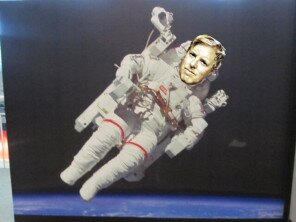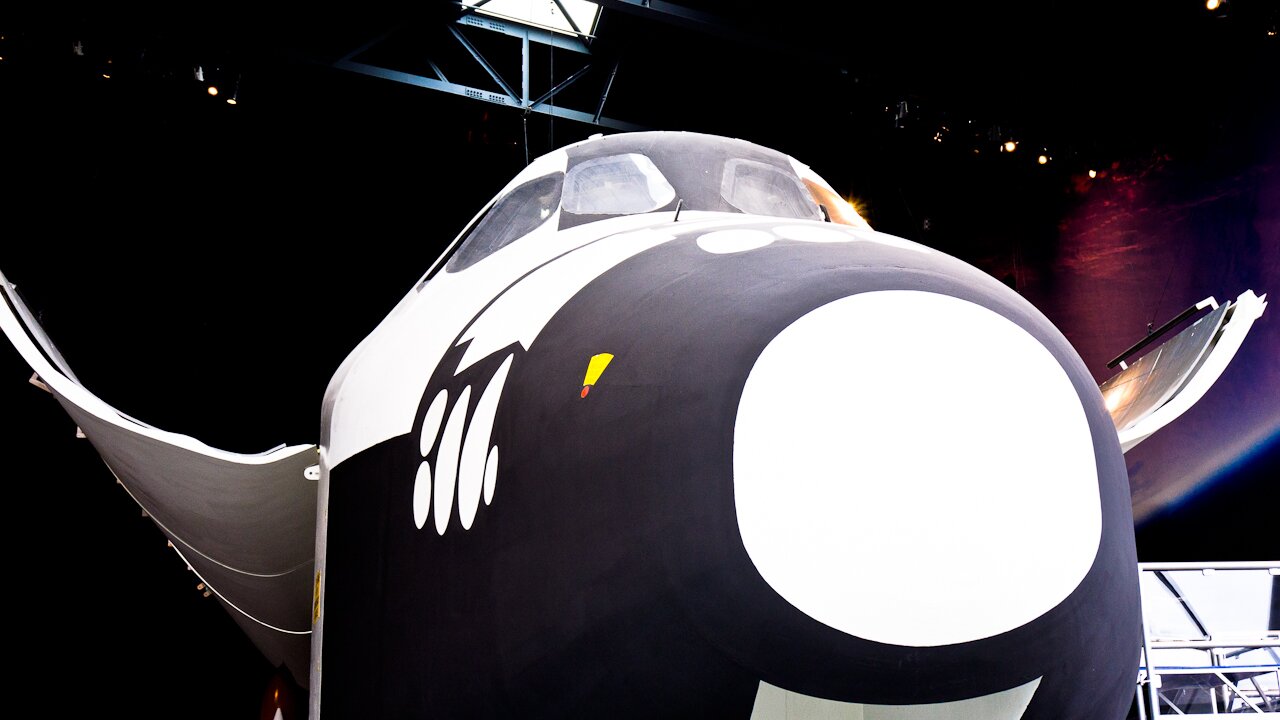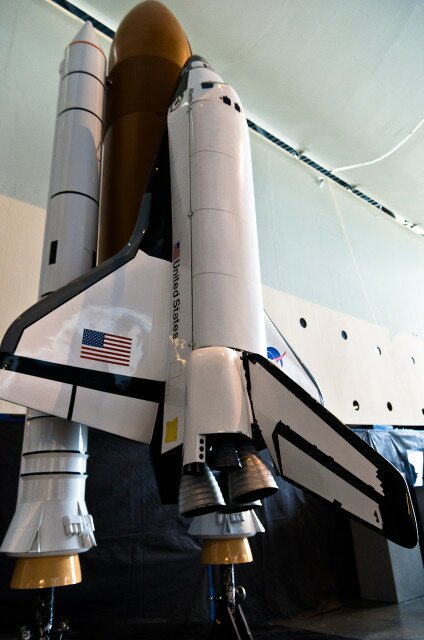One thing we should be clear about up front: Seeing the whole space shuttle trainer at the Museum of Flight requires you to register in advance for a guided 30-minute tour that’s given only on weekends and holidays. Tickets are $30 for adults, $25 for children 10 and over. That’s in addition to general admission of $18 adults, $10 kids 5 to 17.
 If you go on the tour, you get to see inside both levels of the crew compartment. (Bring your iPod and listen to John Roderick sing “the crew compartment’s / breaking up” for maximum chills.) But your general admission is enough to get you into the room with the full-scale space shuttle trainer, and into the payload bay, where you can pretend to be crushed by the satellite hanging above your head. Or, you can breathe heavily into your hands and repeat, “Open the pod bay doors, Hal,” while staring into the airlock that leads back to the crew compartment.
If you go on the tour, you get to see inside both levels of the crew compartment. (Bring your iPod and listen to John Roderick sing “the crew compartment’s / breaking up” for maximum chills.) But your general admission is enough to get you into the room with the full-scale space shuttle trainer, and into the payload bay, where you can pretend to be crushed by the satellite hanging above your head. Or, you can breathe heavily into your hands and repeat, “Open the pod bay doors, Hal,” while staring into the airlock that leads back to the crew compartment.
These are both important science-type activities that are unaccountably left off the illustrated tour signage that instructs you about details of both the trainer’s history and the space shuttle itself. Before you enter the trainer, there is a flight simulator where you can attempt to land the shuttle, and a touchscreen video tour of the whole space shuttle. Also in the exhibit are various kinds of space apparel, space toilets, and space engines.
You can learn a lot — or a little, your call — but it’s well worth the trip either way. True, this trainer never saw orbit (it’s largely wood, which is not recommended for space travel), but it brings home the enormity of what NASA was trying to accomplish with the space shuttle program. The Full Fuselage Trainer’s side, near the cockpit, is scarred from emergency exit practices (they used a belay system that’s on display), and it’s looking at that that you feel like a monkey in the shadow of Kubrick’s obelisk.
On the one hand, they were practicing to leave the earth and return. On the other, this particular exercise required ropes and pulleys.

















